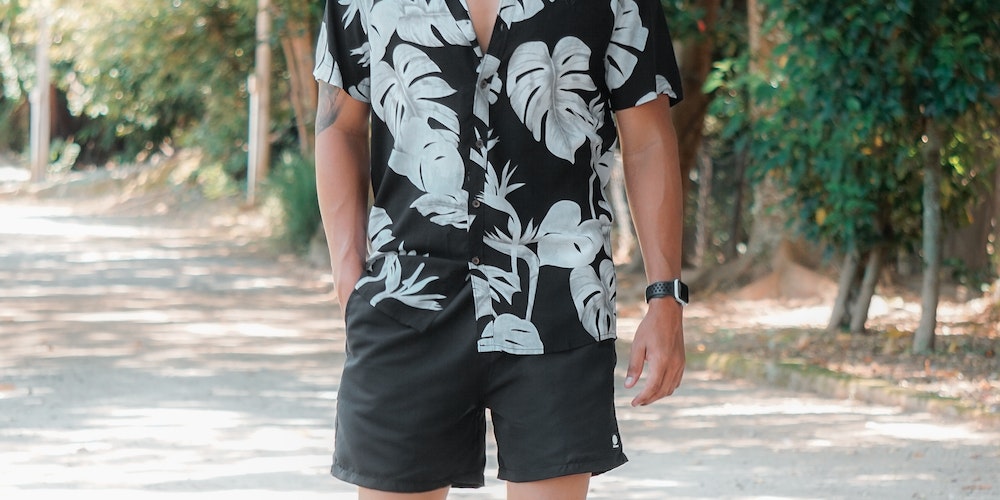It is crucial to us that garment designers understand the benefits and drawbacks of cotton, polyester, and cotton/polyester mixed fabrics. There are benefits and drawbacks to both sorts. Having this information will help you choose which fabric type is ideal for your clientele. Cotton is the most often used natural fabric for garment production worldwide. Cotton, a natural fiber, is a renewable and biodegradable resource. Natural fibers, as opposed to synthetics such as polyester, tend to be more costly and are not the most cost-effective alternative for promotional products.
The breathability of cotton is its biggest asset. It is an excellent alternative for keeping your body cool in hot conditions. Despite the fact that it retains moisture longer than polyester, in hot conditions it really helps to keep the body cool. When selecting this fabric for your next order, keep the garment’s intended use in mind. Are you designing for athletes who want a flexible, breathable fabric? Or, are you designing for electricians or welders who want a fabric that will not melt when exposed to sparks? Cotton will out to be the greatest solution for these occupations.
Cotton may absorb a significant amount of moisture, which can be problematic for heat-applied transfers. Moisture is discharged as steam when the heat press increases the temperature of the material. Insufficient moisture removal will prevent the adhesive from adequately adhering to the cloth fibers. Your remedy is to press your cloth a bit longer than usual before applying the transfer to ensure that all moisture is eliminated.
Cotton’s advantages
- Natural fibers that are free of chemicals
- Breathable – Excellent choice for warm weather
- It is hypoallergenic and skin-friendly
- Unlike polyester, it burns rather than melting
- Goof Proof is our best-selling transfer type for cotton
Negative Aspects of Cotton
- Expensive
- Natural fibers degrade more quickly
- Holds moisture longer (can be an advantage in hot weather)
- Liable to shrinkage
Polyester, a synthetic material, is a less costly alternative with several advantages over cotton. It features resilient fibers that do not deteriorate as rapidly and is resistant to wrinkling and shrinking. Polyester, unlike cotton, dries fast, making it ideal for cooler weather and activities where wet cloth on the skin is undesirable.
Polyester is favored by athletes because to its moisture-wicking capabilities, durable fibers, and lightweight feel. Heat printers are need to exercise care while decorating polyester shorts. Normal temperature sensitivity necessitates the use of low-temperature heat transfers, such as Elastic Prints, to decrease or avoid burning. Polyester may also result in color migration between the fabric dye and the embellishment.
Positives of Polyester
- Strong
- Flexible
- Dries rapidly
- Resistant to wrinkling and contracting Economical
Disadvantages of Polyester
- Typically adheres to perspiring skin
- Less air permeable
- Temperature sensitivity
- Including dye migration
So, What Is The Solution? Cotton Or Plastic?
Blends of cotton and polyester offer the best of both worlds. Combine the breathability and natural feel of cotton with the durability, flexibility, and lower cost of polyester. It’s no surprise that 50/50 shirts are the most popular option for garment designers. A 50/50 cotton/poly shirt, such as the Port & Company Core Blend Tee PC55 or the Gildan DryBlend 50/50 t-shirt 8000, will provide you with a high-quality t-shirt that combines the advantages of cotton and polyester fibers.










